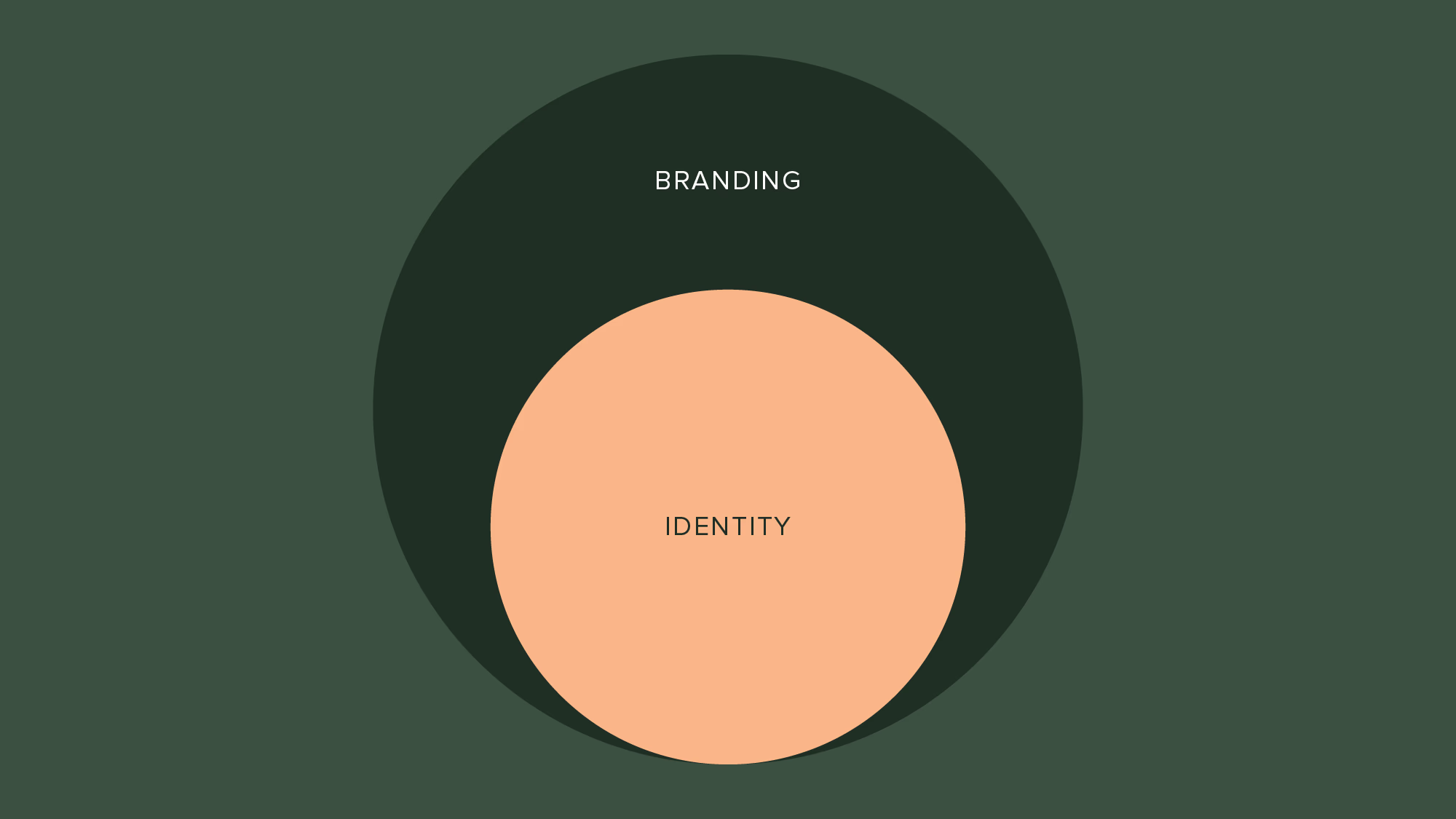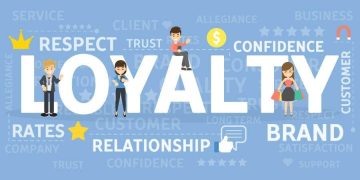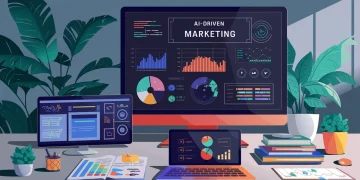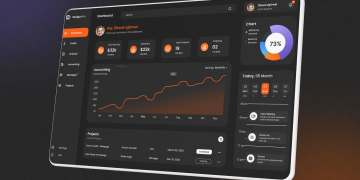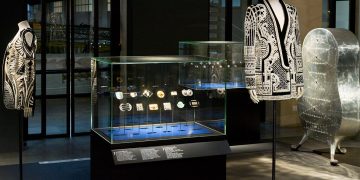Consumer behavior is a powerful force that shapes markets, drives business strategies, and influences entire industries. As the world changes, so too does the way consumers think, act, and make purchasing decisions. With advancements in technology, shifts in societal values, and global challenges, the landscape of consumer behavior is constantly evolving. The latest trends offer a fascinating glimpse into how consumers’ preferences are changing and how businesses must adapt to stay relevant in an increasingly competitive market.
In this article, we will explore some of the most notable consumer behavior trends in the digital age. From the rise of sustainability and social consciousness to the shift towards personalized experiences and the growth of e-commerce, we will dive into how these trends reflect deeper shifts in consumer values, motivations, and decision-making processes.
1. The Shift Toward Sustainability and Ethical Consumption
Environmental and Social Consciousness
In recent years, sustainability has moved from a niche concern to a mainstream priority. Consumers today are more aware than ever of the environmental and social impact of their purchasing decisions. From the clothes they wear to the food they eat, sustainability and ethical considerations have become key factors in consumer choices.
The rise of eco-friendly products, sustainable packaging, and brands with transparent supply chains speaks to a growing desire to make ethical purchases. This trend is particularly evident among younger generations like Millennials and Gen Z, who are more likely to hold companies accountable for their environmental and social practices. In fact, surveys show that a significant portion of consumers are willing to pay a premium for products that are ethically produced and environmentally sustainable.
Brands like Patagonia, who have long championed sustainability, are seeing a growing base of loyal consumers who value these principles. But sustainability is not just about eco-consciousness—it’s also about how companies treat workers, source materials, and engage with their communities. Ethical consumption is evolving into a more holistic approach, where consumers are paying attention to the larger picture.

Impact on Purchasing Behavior
As sustainability becomes a priority, many consumers are now willing to alter their buying habits to support companies that align with their values. Whether it’s choosing plant-based foods, opting for electric vehicles, or purchasing second-hand goods, sustainability is influencing decisions in a wide variety of industries. This shift is leading businesses to rethink how they produce, package, and market their products to meet consumer demand for ethical consumption.
2. The Personalization Revolution
The Desire for Customization
Another major trend in consumer behavior is the increasing demand for personalized products and experiences. With advances in data analytics and AI, businesses now have the ability to tailor their offerings to individual preferences. Consumers no longer want generic products; they want items and experiences that feel unique to them.
From personalized skincare routines to customized clothing and even individualized travel itineraries, the desire for tailored experiences is reshaping industries. Personalized recommendations on e-commerce websites, such as those provided by Amazon and Netflix, are becoming standard, and consumers have come to expect them. The rise of personalized experiences, however, goes beyond just products—it also extends to how businesses engage with customers.
The Role of Data and AI
Personalization is powered largely by data. Consumers generate vast amounts of data every time they browse the web, shop online, or use social media. Companies are increasingly using this data to create personalized experiences that feel more relevant to each individual. The use of AI-driven algorithms allows businesses to offer hyper-targeted recommendations, promotions, and experiences.
For example, beauty brands use data from skin tone and texture to recommend skincare products tailored to an individual’s needs. Similarly, companies like Spotify create personalized playlists based on listening habits. This level of personalization is no longer a luxury but an expectation for many consumers.
3. The Growth of E-Commerce and the Digital Marketplace
The Shift to Online Shopping
The rapid growth of e-commerce is perhaps one of the most significant shifts in consumer behavior in the past decade. The global pandemic accelerated this transition, with many people turning to online platforms for the first time for their shopping needs. However, the trend was already in motion before the pandemic, and it is clear that e-commerce is here to stay.
Consumers are increasingly choosing the convenience of online shopping over in-person experiences. The ability to shop from anywhere, at any time, with a wide variety of options, makes e-commerce an attractive alternative to traditional brick-and-mortar stores. With options like next-day delivery and free returns, e-commerce platforms are making it easier than ever for consumers to shop without ever leaving their homes.
The Rise of Omnichannel Shopping
One of the key trends in e-commerce is the rise of omnichannel shopping. Consumers today expect a seamless shopping experience across both online and offline channels. They want to be able to browse a product online, check availability in stores, and even choose how they wish to receive their purchases—whether that’s via curbside pickup, home delivery, or in-store pickup.
Retailers are increasingly offering integrated experiences that combine the convenience of online shopping with the tactile, in-person experience of brick-and-mortar stores. For example, click-and-collect services have grown significantly, allowing customers to shop online and then pick up their orders in stores or designated pickup locations.
4. The Influence of Social Media and Influencer Culture
Social Media as a Shopping Platform
Social media has transitioned from a platform for social connection to a powerful tool for shopping. With the rise of platforms like Instagram, TikTok, and Facebook, social commerce has become a driving force in consumer decision-making. Social media not only allows consumers to discover new products but also provides a space for businesses to engage directly with their audience.
Influencers play a major role in this process. Influencer marketing has become a dominant strategy for brands looking to reach consumers in a more organic and authentic way. When an influencer promotes a product, it often feels more like a recommendation from a trusted peer rather than a traditional advertisement. This has created a new avenue for brands to engage with consumers and drive purchasing behavior.
The Power of User-Generated Content
Alongside influencer marketing, user-generated content (UGC) is also driving consumer behavior. Reviews, testimonials, and unboxing videos posted by regular users have a significant impact on purchasing decisions. Consumers increasingly turn to UGC to validate their buying choices, often trusting the opinions of fellow shoppers more than traditional advertising.
Brands are leveraging UGC by encouraging customers to share their experiences on social media, creating a sense of community around their products. In turn, this generates social proof that drives more purchases.
5. The Shift Towards Experience Over Products
The Experience Economy
In the past, consumer behavior was largely focused on acquiring physical products. However, in recent years, there has been a significant shift toward prioritizing experiences over material goods. The concept of the “experience economy” suggests that consumers are increasingly seeking memorable, shareable experiences rather than just purchasing products.
This trend is evident in sectors like travel, dining, entertainment, and even retail. Consumers are spending more money on experiences like concerts, travel, and dining out, often choosing these over traditional material purchases. Even in the retail space, there has been a rise in “experiential retail,” where stores are designed to provide customers with engaging and immersive experiences—whether that’s through virtual reality, interactive displays, or in-store events.
The Importance of Emotional Connection
Experiences resonate on an emotional level, and this emotional connection is becoming more important to consumers. Brands that create meaningful, emotionally resonant experiences are more likely to build loyalty and advocacy among their customers. The experiences consumers seek are often tied to self-expression, nostalgia, and the desire for a deeper connection with the world around them.
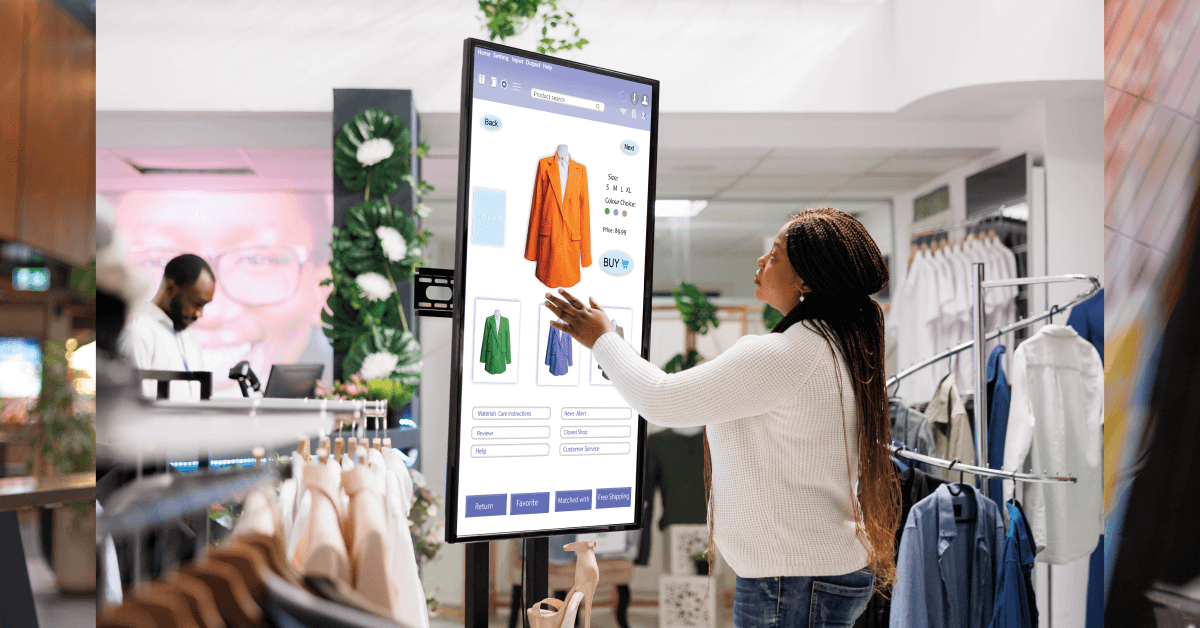
6. The Desire for Instant Gratification and Convenience
Fast and Efficient Service
In today’s fast-paced world, convenience has become king. Consumers are increasingly expecting fast, efficient service in all aspects of their lives. Whether it’s quick delivery times, instant customer service, or easy-to-navigate websites, consumers are gravitating toward brands that can provide immediate solutions.
This demand for speed and ease is driving innovations like one-click purchases, same-day delivery, and AI-powered chatbots for customer service. The success of brands like Amazon and Uber is a testament to the power of convenience in modern consumer behavior.
The Impact on Brand Loyalty
The desire for instant gratification is also influencing brand loyalty. Consumers today have higher expectations for how quickly and efficiently they can access the products and services they want. Brands that can deliver on these expectations—without delays or friction—are more likely to foster long-term loyalty. Conversely, delays, poor customer service, or complicated processes can quickly turn consumers away.
Conclusion: The Future of Consumer Behavior
The latest trends in consumer behavior reveal a shift toward more conscious, personalized, and digital-first experiences. Consumers are increasingly prioritizing sustainability, personalization, and convenience in their purchasing decisions. The rise of e-commerce, social media influence, and the growing demand for unique experiences all signal significant changes in how people make decisions about what to buy and why.
For businesses, staying ahead of these trends requires a deep understanding of shifting consumer values and an ability to adapt to new technologies and expectations. Those who can successfully integrate sustainability, personalization, and convenience into their offerings will be better positioned to thrive in the competitive marketplace of the future.








